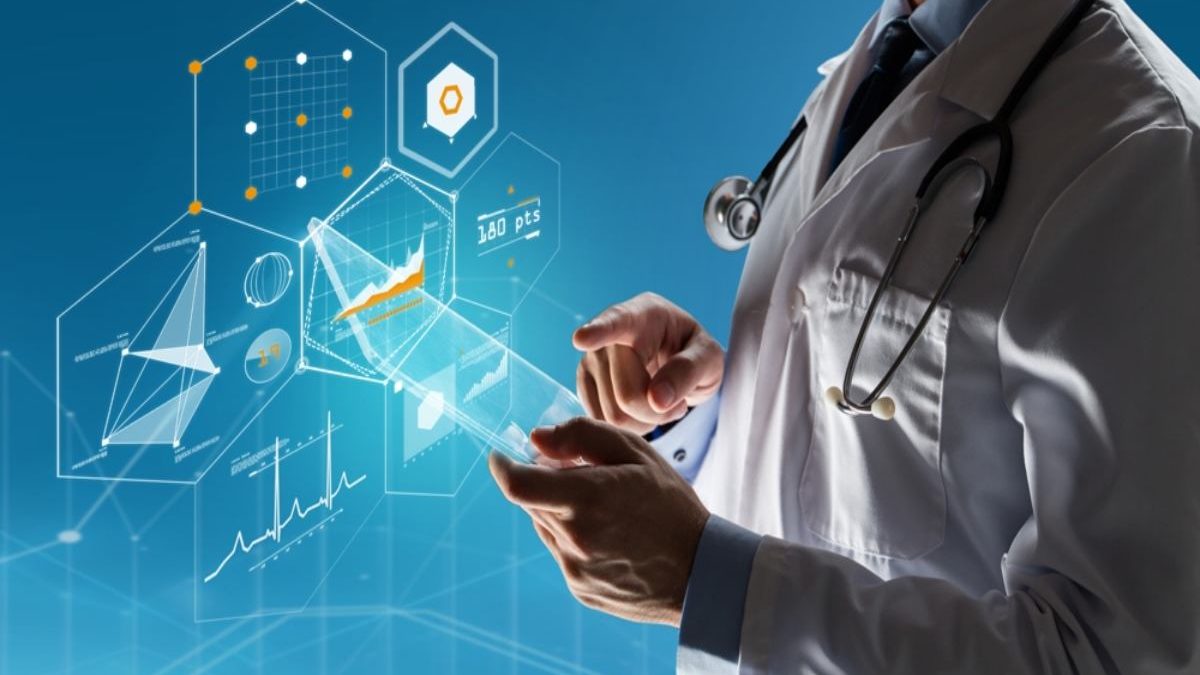More and more people are suffering from alcohol and drug addiction these days. It’s become a real problem as people face difficult times, from the pandemic through to the cost-of-living crisis, political landscape and more.
Recovery centres and clinics like Primrose Lodge, a rehabilitation centre in Surrey, have noted an influx of people arriving for treatment over the last couple of years, and those that are receiving better and more effective treatment than ever before, largely thanks to technology.
Across the UK, and indeed world, technology has completely changed how people receive treatment and enter the recovery process. But how exactly is tech making such a difference?
We look at five ways in which technology has had the largest impact on how people receive addiction treatment today…
Table of Contents
Telehealth and Virtual Counselling
Firstly, the way in which people receive counselling and treatment has changed, with telehealth services making it more accessible than ever before to speak to an expert. Apps and video communication platforms are allowing people to receive support from the comfort of their own homes and in a much more flexible manner.
It has eliminated the geographical barriers that some addicts suffer from, while it makes scheduling appointments much simpler.
Mobile Recovery Support
Apps have also been developed specifically for people in recovery, with a range of sobriety tools, trackers and support network apps out there.
You’ll find an app for pretty much all type of support you need these days, from ones offering cognitive behavioural therapy and meditation practices to calculators in which you can chalk off the days of your sobriety. There’s something to suit everyone, and it’s having a huge impact on success rates when it comes to remaining in recovery.
One of the big bonuses to apps is that it connects people in recovery together. It doesn’t matter where in the world they are, people can get the support they need daily, and all with just a few taps on a screen.
Bigger and better data analysis
When it comes to professionals using technology, the advancements in data collection is allowing for better analysis, which is allowing those in the industry to make huge strides forward.
Professionals can analyse data thoroughly to understand addiction patterns, identify any risk factors and relapse predictions, then tailoring treatment to suit the patient.
Wearable technology
The rise of wearable technology has also seen the likes of fitness trackers and smartwatches be utilised by the industry. By monitoring a patient’s vital signs and activity levels, medical professionals can keep track of progress. For example, should a patient be going through opioid addiction, wearable tech would be able to detect any abnormal respiratory patterns and allow professionals to take action.
Better access to support
Ultimately, technology has allowed for wider access to support, and is helping remove the stigmas often associated with addiction. As more people talk about it, join online forums, chat groups and social media channels like Facebook, it is creating an even safer space for people to get the help, support and advice they need to enter recovery and stay there.
It’s been a gamechanger, with people not required to seek out meetings, but rather getting the encouragement they need 24/7. And all thanks to technology.

